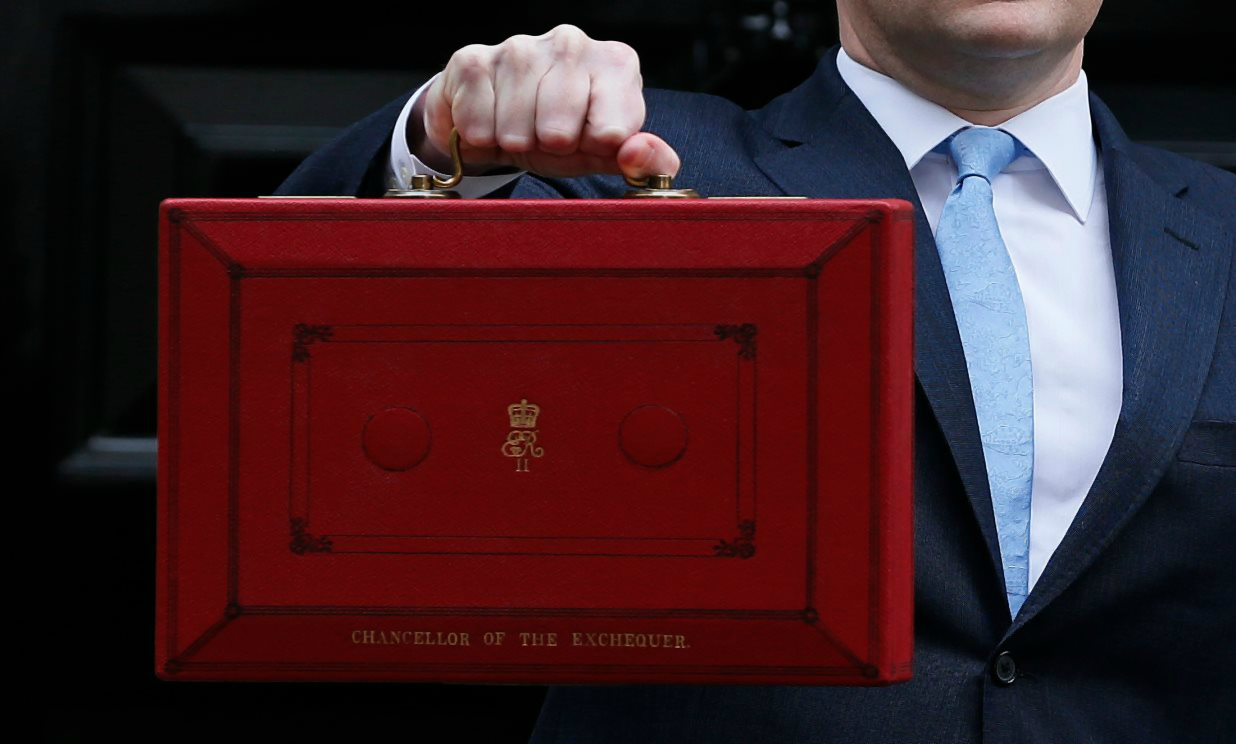
Borrowing money is often essential for people and businesses with low or limited capital. It provides the means to do what you want immediately without worrying about how to acquire the money, which is normally paid back in smaller instalments with interest. Here are some lending methods which are becoming increasingly prominent.
Mortgages
Mortgages are most commonly used by people looking to get started on the property ladder. They are essentially large loans from a bank or building society which are paid back in monthly installments. The lender will normally secure an asset (your house, for instance). If you stop meeting repayments, the asset will be sold by the bank to reclaim the money lent.
Recently, mortgage approval rates have been falling, suggesting bank lending is shrinking, and that banks may be tightening up on their lending criteria. Therefore, make sure all finances are well managed and secure if seeking this type of loan.
Term Loans
This form of borrowing is often utilised by small businesses who need money for all types of equipment, such as a car or an oven. It functions on the principle that the money will be paid over a fixed period of time, and can run from anywhere between 1 to 25 years, depending on the size of the loan.
The interest rate can be fixed or variable, and repayment monthly or quarterly (again depending on size). The loan, usually given by a bank, can also be invested in real estate and working capital, or anything which could help a business out in the long term.
Invoice Finance
Invoice factoring, which is one of the invoice services offered by companies such as Touch Financial, involves the selling of pending customer invoices (usually due within 30 days) to a factor. They will immediately pay around 80% up front, and then the final 20% when customer payment is received (minus their fee).
This is especially useful for businesses with cash flow problems, as they can immediately take advantage of money which they would normally have to wait for. It also avoids having to get a loan from a bank, which may take time to be approved.
Asset Finance
This final type of alternative finance has become more popular recently and again can be a handy tool for start-up and small businesses who own small assets. It involves taking out a loan which uses these owned assets (such as equipment, accounts receivable, stocks etc.) as collateral instead of assets which are still being paid off by a loan.
This loan has become popular for short term cash needs. It is worth noting that it is the value of the asset itself rather than creditworthiness which the creditor considers.
According to the Treasury, 324000 SMEs applied for a loan or overdraft in 2015 and 26% were declined, with just 3% seeking out alternative options. This is certainly a surprising statistic given the variety of options mentioned above, and suggests that not enough businesses know about the variety of lending options which exist.



































